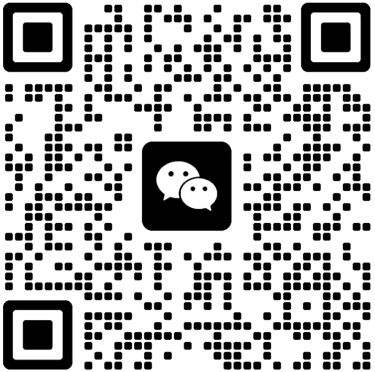The Process of Book Wireless Binding
8/15/2021


Wireless binding is a popular method for assembling books without sewing or staples, relying instead on hot melt adhesive to hold pages and covers together. It’s efficient, cost-effective, and widely used for paperbacks, catalogs, and manuals. Here’s how the process unfolds.
1. Page Collation and Preparation
First, printed pages are grouped into “signatures”—sections of folded sheets that form chunks of the book. These signatures are stacked in order, ensuring pages are numbered correctly and aligned. Any loose pages or inserts are added at this stage, creating a solid block of text ready for binding.
2. Spine Milling
As covered in earlier discussions, the spine of the stacked pages is milled (or “roughened”). A machine uses sharp blades to remove a thin layer from the spine, creating a rough, porous surface. This step is critical: it helps hot melt adhesive seep into the paper fibers, forming a stronger bond than if the spine were left smooth.
3. Gluing the Spine
Next, the milled spine moves under a glue applicator. Hot melt adhesive (specifically bookbinding glue) is applied evenly across the rough surface. The adhesive seeps into the milled grooves and pores, ensuring it grips each page. For extra strength, some processes add a thin layer of “back glue” to reinforce the spine.
4. Attaching the Cover
While the spine glue is still tacky, the book cover is positioned and pressed onto the glued spine. The cover’s inner edge (where it meets the spine) is often pre-scored to help it fold smoothly around the pages. Pressure is applied evenly to ensure the cover adheres tightly, with no gaps or bubbles.
5. Adhesive Curing
The book then moves to a cooling or curing station, where the hot melt adhesive sets. This takes just a few minutes—thanks to the glue’s fast-drying properties. During curing, the book is held firmly to prevent shifting, ensuring the spine remains straight and the cover stays aligned.
6. Trimming the Edges
Once the adhesive is fully cured, the book’s three unbound edges (top, bottom, and fore-edge) are trimmed with sharp blades. This step creates clean, even edges, making the book look polished and easy to flip through. Trimming also ensures pages are perfectly aligned, so no edges stick out awkwardly.
Key Tips for Success
Consistent milling depth: As with any glue-based bond, the milled spine must be deep enough (1.5–5mm, depending on book thickness) to let adhesive penetrate, but not so deep that pages become damaged.
Even glue application: Too little glue leads to weak bonds; too much can cause oozing or messy edges. Machines are calibrated to apply a precise layer.
Proper curing time: Rushing the cooling step can result in covers peeling or pages shifting. Allowing the glue to set fully ensures a lasting bond.
Wireless binding combines simplicity and strength, making it a staple in book production. By focusing on precise milling, even gluing, and careful cover alignment, this process creates books that are durable, easy to read, and ready for shelves. Whether for a novel or a reference guide, wireless binding delivers a clean, professional finish.
NEWS LETTER
Latest series updates
Exclusive promotion offers
Copyright© 2010-2025 DOMIL. All rights reserved.
Manufactory&Capabilities


Contact
sales01@meltbond.com
+86 75522951009
+86 13008887698
admin@meltbond.com
